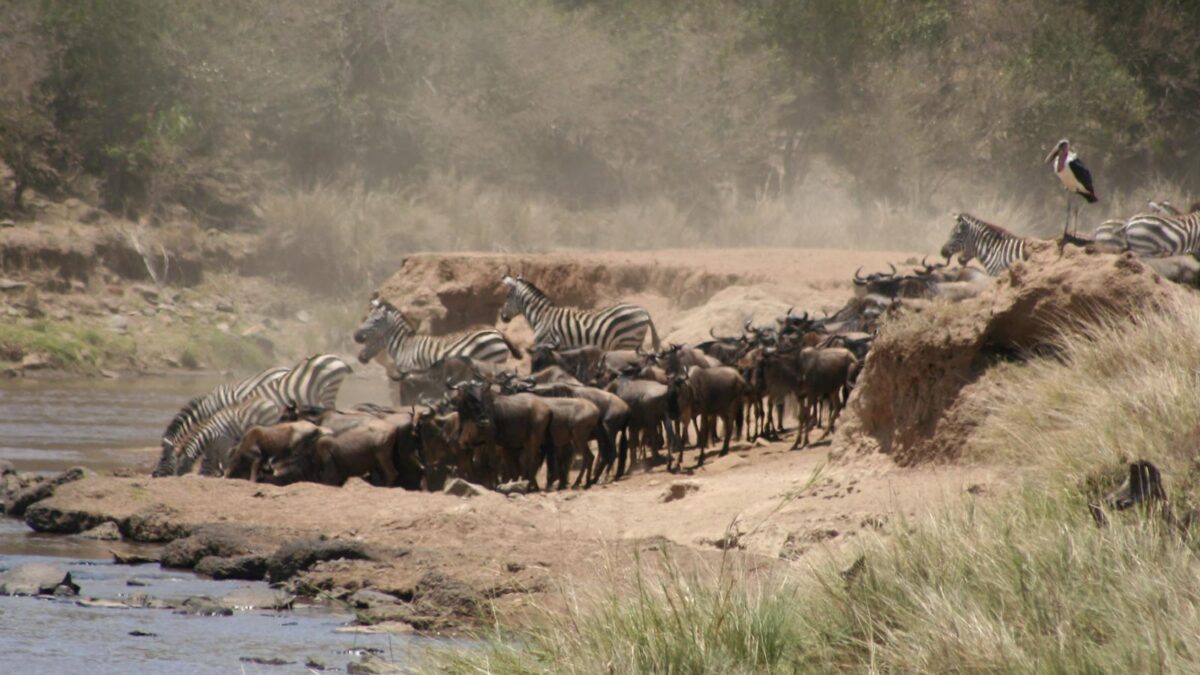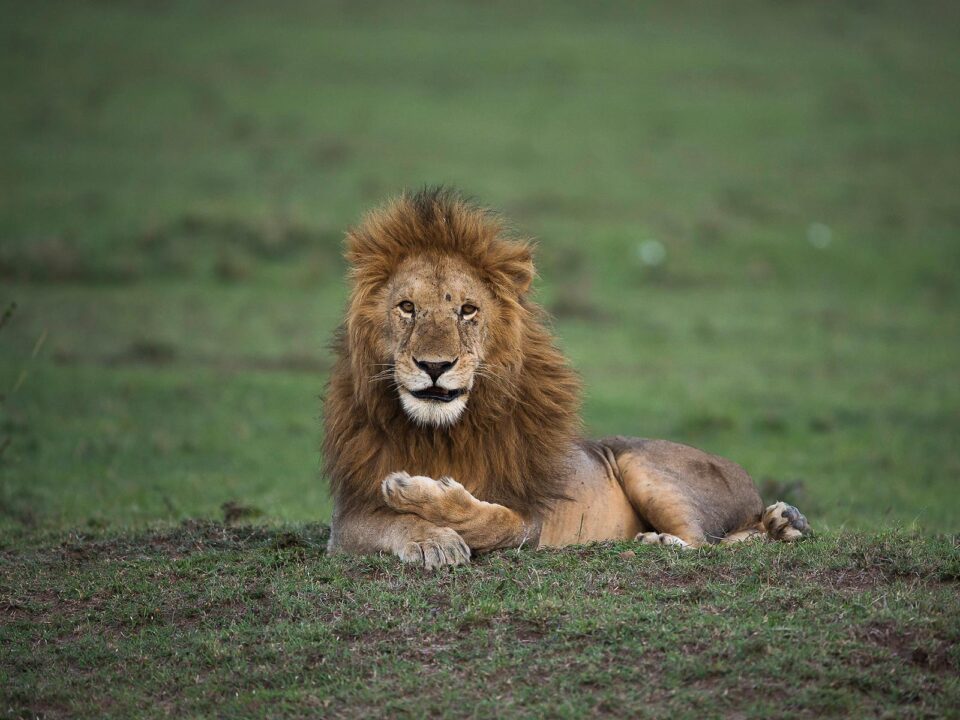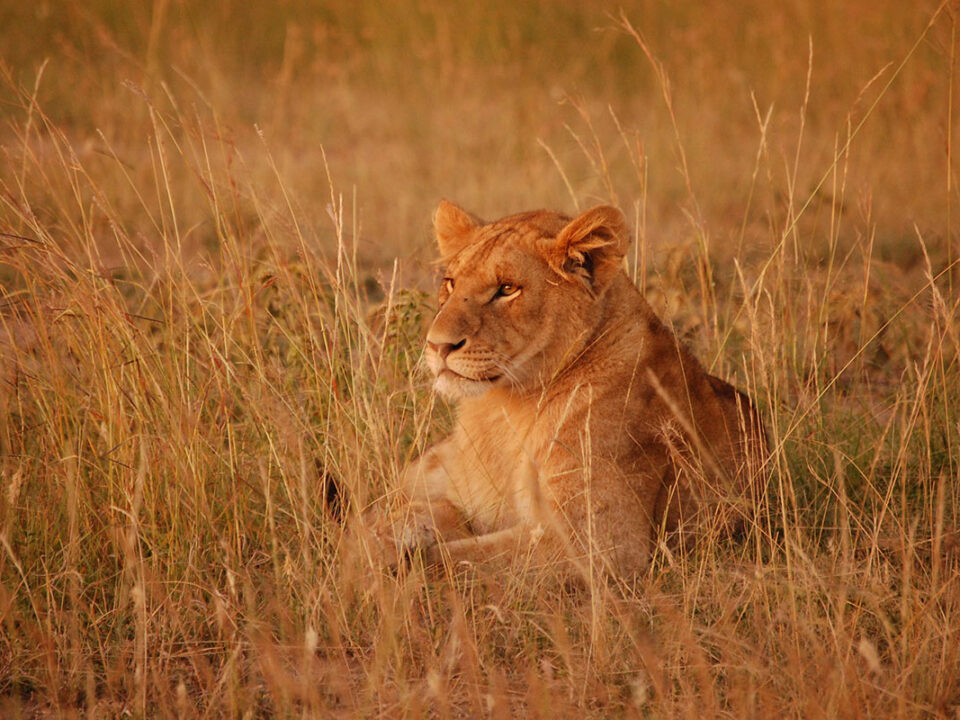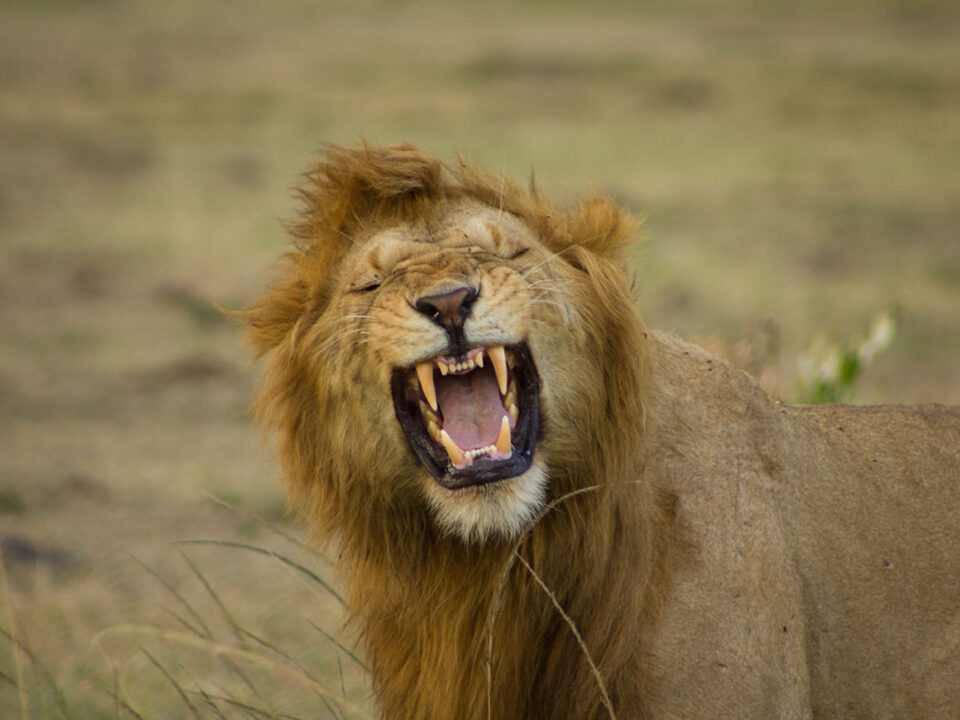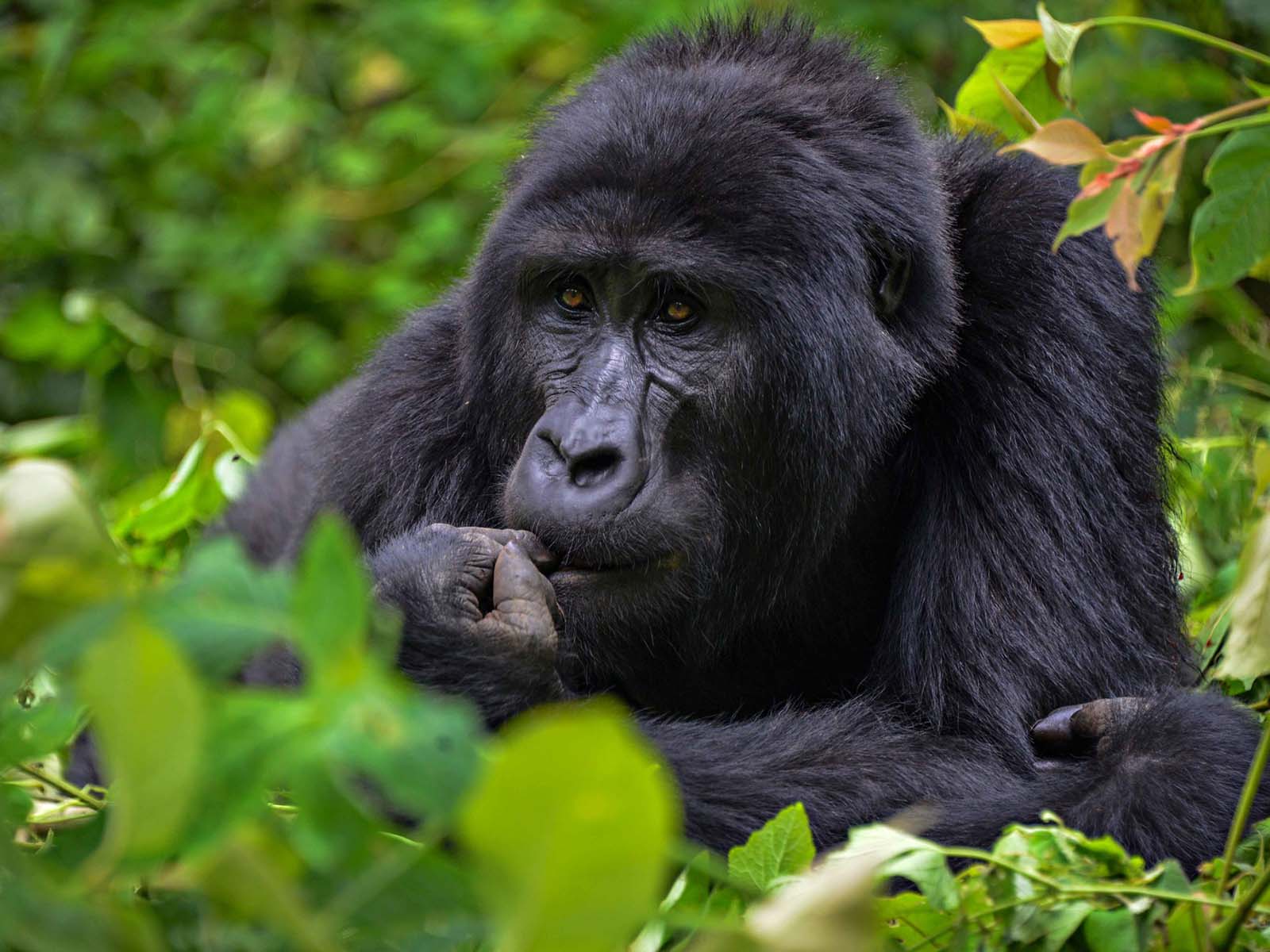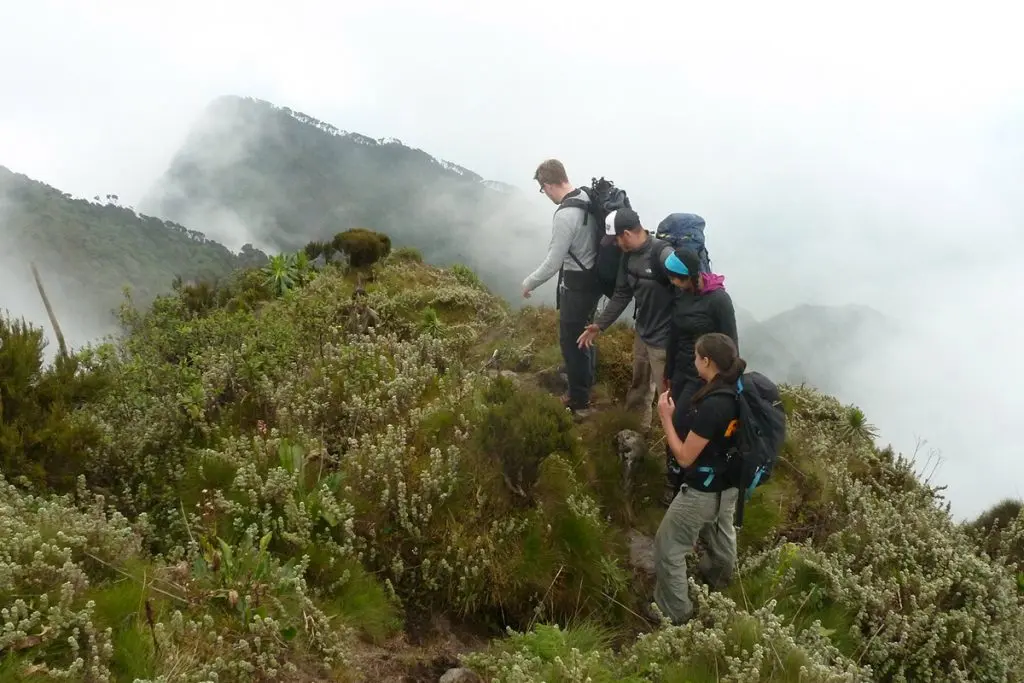The Great Wildebeest Migration in Masai Mara, Kenya: A Safari Adventure
The Great Wildebeest Migration in Masai Mara, Kenya, is a spectacle that beckons adventurers from around the world. It stands as one of the most captivating safari experiences and is rightfully hailed as one of the “Seven New Wonders of the World.” Often referred to as “The World Cup of Wildlife,” this migration offers an unparalleled safari adventure that is both magical and indescribable, making it an absolute must for any traveler.
The grandeur of this migration unfolds as over two million animals embark on a monumental journey from Tanzania’s Serengeti National Park to the lush pastures of Kenya’s Masai-Mara National Reserve. This awe-inspiring migration unfolds from July through October, captivating onlookers with its sheer scale and the challenges it poses to the animals. One of the migration’s defining moments occurs as the herds face the formidable Mara River, a crossing fraught with peril as crocodiles lie in wait. Witnessing these animals attempt to cross the river is a highlight of the migration, as survival is anything but guaranteed.
Once within the confines of the Masai-Mara, the wildebeest face further trials. The sprawling savannah teems with predators, including one of the world’s densest populations of lions, making it no surprise that this is the famed setting for the BBC Wildlife channel’s “Big Cat Diary.”
The migration typically unfolds from mid-June to mid-October, with February and March offering prime viewing for observing the big cats in action. Christmas time also holds its own allure, offering a unique perspective on this remarkable natural event.
Understanding the Migration
The stage upon which the Great Wildebeest Migration unfolds is the Serengeti Ecosystem, a vast expanse of approximately 40,000 square kilometers. This ecosystem encompasses the Serengeti National Park, the Ngorongoro Conservation Area, the Maswa Game Reserve, and other adjacent areas. The migration centers around the white-bearded wildebeest, which number just under 1.7 million, accompanied by some 400,000 Thomson’s gazelles, 300,000 zebras, and 12,000 eland. These primary migrators traverse the territories of more than a quarter of a million other resident herbivores, as well as various carnivores. Lions, hyenas, leopards, cheetahs, and other predators eagerly await the annual arrival of the migration.
The migration itself is a continuous, never-ending journey in search of food and water, encompassing the Serengeti-Mara ecosystem in an endless cycle of life and death. As acclaimed East African author and photographer Jonathan Scott notes, there is no true beginning or end to this migration. The only beginning is the moment of birth, and likewise, the only ending is death.
The migration is an unpredictable and dynamic process. Each year brings unique nuances to the herds’ movements, ensuring that no two years are exactly alike. The key influencer of the migration’s course is the weather, which follows a cycle of four seasons. The seasons include the short dry season (December to February/March), the long rains (March to May), the long dry season (June to September), and the short rains (any time from October to November). However, precise dates for these seasons are never guaranteed.
The Birthing Season
The Great Wildebeest Migration commences in January and February when wildebeest cows synchronize their birthing. Within two to three weeks, some 300,000 to 400,000 calves are born—a remarkable spectacle of life. This synchronized birth period provides a feast for predators, as hundreds of hyenas and dozens of lions roam the plains in search of vulnerable prey. While it may seem that the wildebeest are facilitating the predators’ task by birthing simultaneously, the sheer number of calves born within this short timeframe saturates the predators, preventing them from consuming as much as they might if the births were spread out. As a result, the impact of predators on the new-born calf population is limited, with only around one percent succumbing to predation.
Observing wildebeest calves is nothing short of astonishing. They exhibit remarkable coordination, standing within two to three minutes of birth, capable of running with the herd after just five minutes, and outrunning lionesses shortly thereafter. Despite these feats, many calves do not survive their first year due to predation, malnutrition, fatigue, or disease. Separation from their mothers, often occurring during herd panics or river crossings, is another peril these young wildebeests face. Lost and disoriented, they may spend days searching for their mothers, crying out for their return. Only in rare instances do they reunite with their mothers, as no wildebeest cow will adopt an orphaned calf, leading to the calf’s vulnerability to predators.
Embarking on the Journey
As the short dry season concludes around March, the wildebeest herds begin their journey northward from the southern Serengeti’s short-grass plains. Their primary objective at this stage is to find water, and the more westerly regions, including the trio of small lakes—Ndutu, Masek, and Lagarja—offer the needed water sources. Continuously feeding on nutritious short grass, the herds scatter widely across the plains, their movements seemingly dictated by factors that elude our understanding. One day, they might be expansively spread across the plains west of Ndutu, and the next, they mysteriously vanish. Simultaneously, the long rains commence, and the wildebeest, driven by the promise of lush pastures, charge toward distant thunderstorms. Their return, a day or two later, depends on whether the promise of rain is fulfilled.
The Rut: Nature’s Spectacle
The arrival of the long rains heralds the wildebeest’s trek to the hilly woodlands west of Seronera and Lake Victoria in Kenya. This period marks the annual rut, characterized by the mating of approximately half a million cows within a month. The woodlands and plains of the Serengeti’s Western Corridor become the stage for this magnificent spectacle. The peak of the rut appears to coincide with the lunar cycle, with the full moon in May or June offering the most action-packed viewing.
While territorial males engage in seemingly vicious battles during the rut, these skirmishes rarely result in serious injury. Surprisingly, despite these displays of dominance, it is the females who ultimately decide their mates. Nature’s way dictates that females have the final say in the matter.
Navigating the Mara River and Its Challenges
The wildebeest migration continues northward from the western Serengeti, following the rains and water sources into Kenya and the Masai-Mara Game Reserve. Along their path, the herds encounter several formidable rivers, including the Mbalangeti and Grumeti rivers in the Serengeti and the Mara River in Kenya. Although these rivers remain relatively calm for most of the year, they can transform into torrents in response to rainfall in their catchment areas. Such surging rivers become major obstacles in the wildebeest’s journey, owing to the animals’ fear of water and the potential lurking dangers within, as well as the dense vegetation on the far banks that may conceal predators. Nonetheless, the wildebeest possess an innate instinct that compels them to continue moving, despite their fear. Lakes in the south of the Serengeti, such as Ndutu, Masek, and Lagarja, are small enough to circumvent but have been crossed for generations. Natural selection has ingrained these behaviors into the wildebeest’s DNA, ensuring their survival.
The Drama of River Crossings
The anticipation builds as thousands of wildebeest gather along the banks of the Mara River, preparing for the daunting river crossing. For days, their numbers may steadily increase, yet they can, without apparent reason, turn away from the water’s edge. Eventually, the wildebeest select a crossing point, a decision that can vary from year to year and defy prediction. Typically, they opt for stretches of the river with calm waters and fewer predator-concealing thickets on the far side. Occasionally, they choose seemingly suicidal locations, resulting in the tragic drowning of hundreds. This behavior, too, may be linked to genetic imprints directing them to traditional crossing sites.
Certain fords attract larger numbers of wildebeest, likely because they are visible from afar, allowing arriving herds to spot others in the process of crossing or grazing on the lush grass on the opposite bank.
Predator-Prey Dynamics
Upon reaching the grasslands of the Masai Mara, the wildebeest spend months feeding and fattening up once more, taking advantage of abundant green pastures and sporadic rainstorms. A remarkable aspect of their migration is their ability to locate areas of good grazing despite considerable distances between them. Their physiology is adapted for efficient long-distance travel, consuming no more energy to run a certain distance than to walk at a leisurely pace. Every facet of their life and behavior is designed to save time; wildebeest even mate on the move, and their young are up and running within minutes of birth.
Their continuous movement affords the wildebeest a key advantage—they outpace many of their predators. Predators cannot follow the moving herds for extended periods, as they are often territorial, unable to abandon their territories or invade others. Additionally, predator mothers cannot venture far from their dependent young.
Completing the Circle: The Return South
By late October, as the first signs of the short rains appear in the Serengeti’s short-grass plains, filling seasonal waterholes and nourishing fresh growth, the wildebeest initiate their journey southward once more. The herds descend through the Serengeti’s Eastern woodlands, and a significant portion of the cows are now heavy with the new season’s young. As they traverse wooded terrain, the wildebeest cluster tightly together, scattering again as they reach the open plains.

